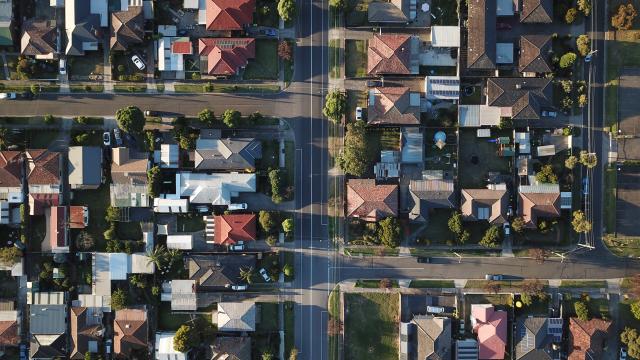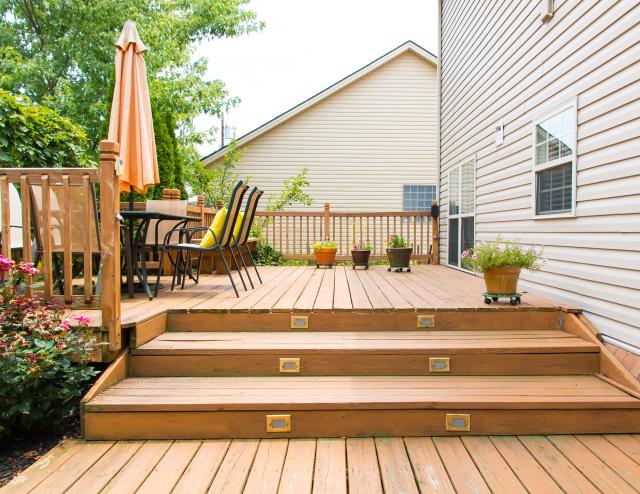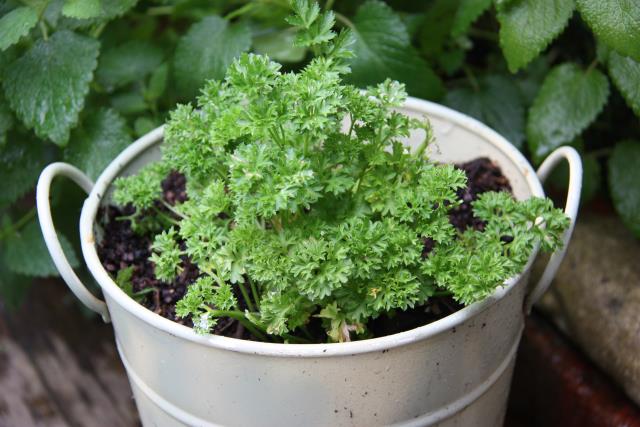Independent real estate analyst Hotspotting has named Casey as the third best performer in sales activity across the country during the previous quarter, with further recovery and resurgence predicted heading into the Spring quarter.
According to the Hotspotting Price Predictor Index (PPI) for Spring 2023, the City of Casey was prominent in the Greater Melbourne comeback
Hotspotting director Terry Ryder said that the PPI was a tool based on trends in sales volumes or the number of sales of houses and units.
“The misuse of median prices and price indexes confuses and misinforms more than it enlightens,” he said.
“There is no disputing sales volumes data recorded by government departments.”
Hotspotting general manager Tim Graham said Melbourne had staged a turnaround in the latest quarter, transitioning from a struggling market to one showing promise of buoyancy.
“The outer-ring LGAs illustrate the recovery trend,” he said.
“The City of Casey in the far south-east, which previously had many declining suburbs, now has three rising and nine recovering suburbs among the 15 in our analysis.”
“Growth markets include Botanic Ridge with a median house price of $920,000, Doveton with a median price of $590,000, and Endeavour Hills with a median house price of $800,000.”
The most significant change has been in suburbs transitioning from declining or plateau markets to recovering ones, including Cranbourne with a median price of $645,000, Berwick with a median price of $865,000 and Clyde with a median price of $680,000.
Narre Warren South was the only suburb shown to be declining, with a median house price of $800,000.
Mr Ryder said Melbourne City was the stand-out market in Greater Melbourne, rising on the emerging national trend of buyers opting increasingly for apartments as a lifestyle choice or an affordability measure.
“Of the 10 City of Melbourne suburbs in our analysis, seven are rising markets, one is a consistency market and one a recovering market,” he said.
“Rising markets include Melbourne CBD with a median unit price of $415,000, East Melbourne with a median unit price of $850,000, West Melbourne with a median unit price of $495,000, and Docklands with a median unit price of $645,000.”
Mr Ryder said the changes within the Melbourne market were “quite dramatic”.
“Three months ago, we reported a glimmer of recovery but overall, Greater Melbourne was still a struggling market,” he said.
“Now the city’s markets are pumping, with 73 per cent of suburbs recording positive activity.”
Mr Ryder said the rate of price growth in cities and regional markets across Australia was likely to accelerate in the wake of major uplifts in sales activity in many locations.
“The previous edition recorded the first signs of recovery, but this spring survey shows a dramatic upturn in the revival momentum in most market jurisdictions in Australia,” he said.
“Without question, recovery and resurgence are the dominant themes with seven out of 10 locations in the nation now having positive sales activity trends – a massive improvement on the situation three months ago, when we saw the first signs of revival.”
Mr Ryder said seven out of 10 locations across Australia now had strong sales activity, an improvement on three months ago when he noted that “recovery is emerging as a dominant theme across Australia”.
“We are seeing growth momentum in most corners of the nation,” he said.
“Resurgence and growth are the dominant themes.
“It’s clear that multiple rate rises have had little impact.”
Mr Ryder said their analysis also refuted a number of media reports claiming that the growth in the regions was caused by Covid, when the trend has been underway for much longer and therefore that residents will move back to the big cities.
“We’ve seen multiple headlines suggesting that demand in regional markets has collapsed and that prices are no longer rising,” he said.
“Regional markets remain strong and indeed, we have recorded significant upturn in buyer demand in the regional areas of the eastern states.”







